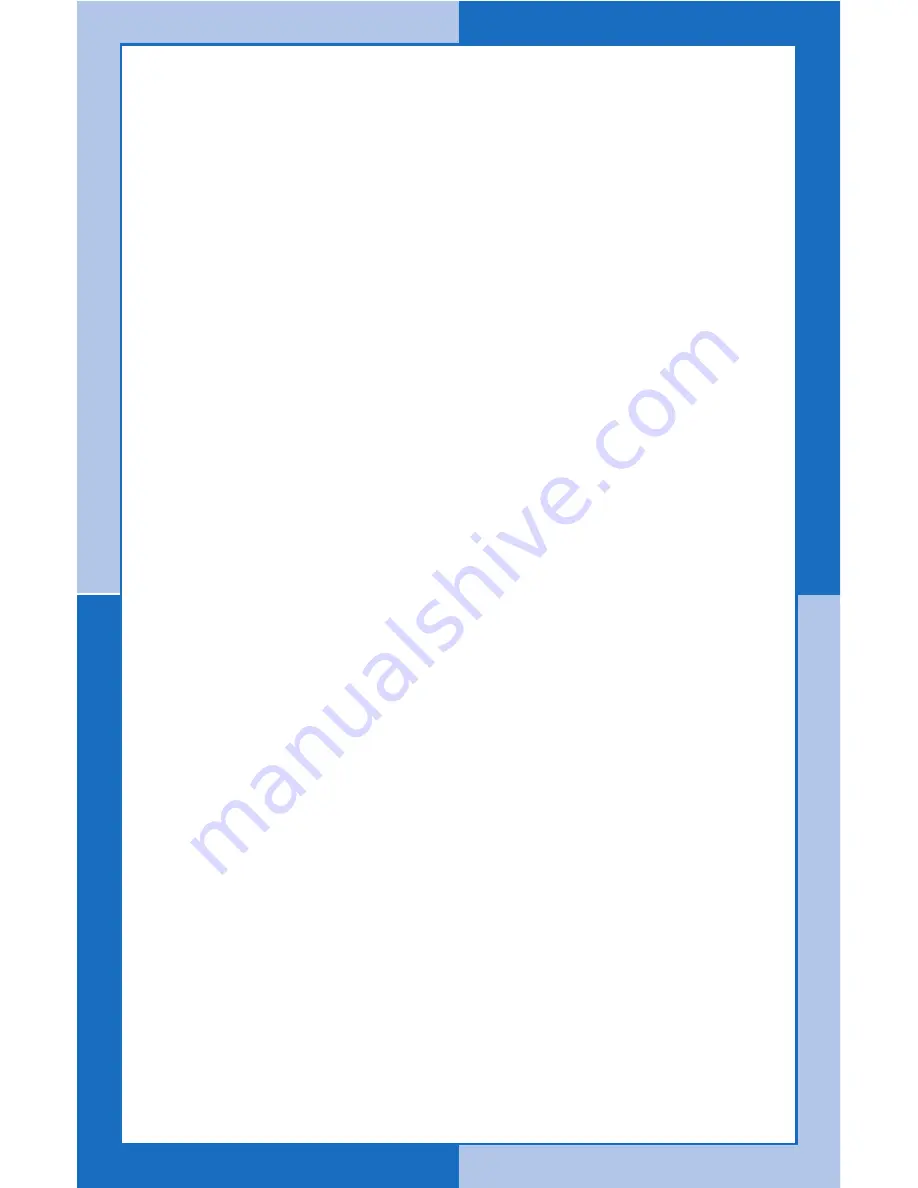
Equivalent Fractions
Make two equivalent fractions such as
and
with your fraction cubes. Ask students to observe and compare the
height of each fraction. Make another set of equivalent fractions and
observe the heights. Challenge students to make another pair of equiva-
lent fractions where the heights do not equal one another. (It’s impossible!
Two fractions are equivalent only if they have the same height.)
Simplify Fractions
Simplify fractions to their lowest terms by finding equivalent fractions.
The equivalent fraction that uses the fewest number of same-color cubes
is in lowest terms. Build a fraction with four blue cubes. Ask students to
name the fraction. Then, challenge them to make equivalent fractions
using as few cubes as possible. Students should discover that although
four blue cubes can be rebuilt using two yellow cubes, the fewest number
of cubes is one pink cube. Therefore,
expressed in lowest terms is
.
Improper Fractions and Mixed Numbers
Using two or more sets of Fraction Tower
®
Cubes, students can build
improper fractions such as
and
. Challenge students to build
improper fractions using the whole and proper fractions. In essence,
they are building an improper fraction from a mixed number. For
example,
can be built with seven yellow cubes or one red cube and
three yellow cubes. Reverse the activity by starting with an improper
fraction and changing it to a mixed number.
Comparisons
Compare pairs of unit fractions such as
and
. Ask which is taller or
shorter. You may wish to have students write a fraction sentence to show
relationships (
>
). You can modify this activity by displaying a unit
fraction cube and then asking students to find another unit fraction cube
that is shorter or taller. Encourage students to use appropriate language
and symbols when describing the relationship between the cubes.
___________________________
Les concepts de fractions apparaissent dès que l’on assemble les petits
cubes de la tour des fractions! La tour des fractions permet aux élèves
d’apprendre les concepts fondamentaux des fractions et de leurs
opérations. Elle leur permet aussi d’établir des relations entre des idées
abstraites et des activités concrètes puisqu’ils peuvent voir, toucher et
déplacer les différents petits cubes de la tour des fractions!
Le jeu de 51 petits cubes comprend : une unité rouge, deux demies
roses, trois tiers orange, quatre quarts jaunes, cinq cinquièmes verts,






























